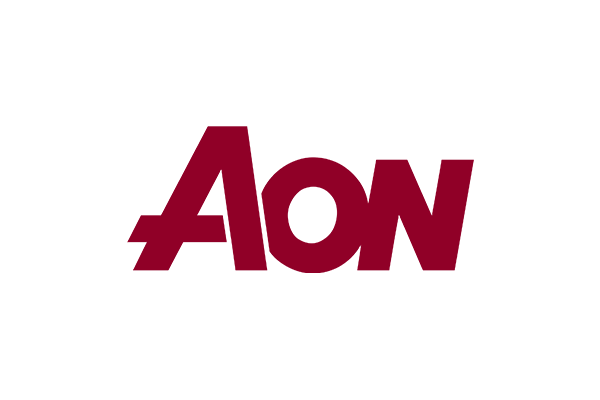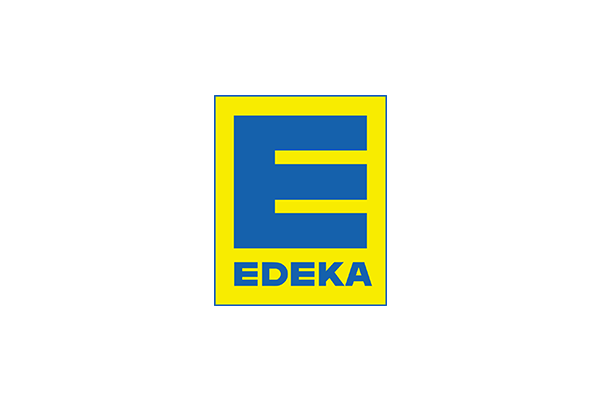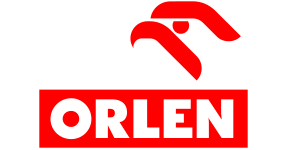SmartCMDB
Your clever CMDB Software
Would you like to minimize the time it takes to obtain information and at the same time increase the process and service quality? Then REALTECH’s CMDB software is exactly what you’ve been looking for. Create the data foundation to automate your IT processes today and take your business to the next level.
Benefits of our CMDB solution
A powerful CMDB such as SmartCMDB offers companies significant benefits in terms of successful digitization and automation of central service processes. The CMDB collects relevant information in a central location and thus forms a single source of truth. This provides a comprehensive overview of the entire IT infrastructure.
Thanks to integrated auto-discovery, you benefit from automatic, precise detection of your IT environment without any manual effort. Continuous monitoring also allows you to keep an eye on your IT components at all times and react quickly to changes.
IT assets captured automatically
Auto-Discovery
With auto-discovery, your SmartCMDB is filled fully automatically, quickly and easily. The integrated monitoring continuously records status information and changes. All infrastructure objects (hardware and software), their properties and status are thus always up-to-date and centrally available.
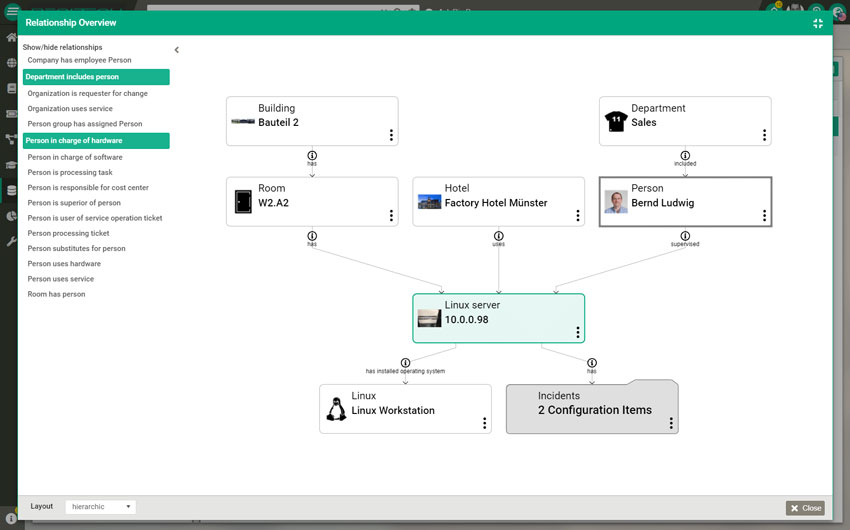
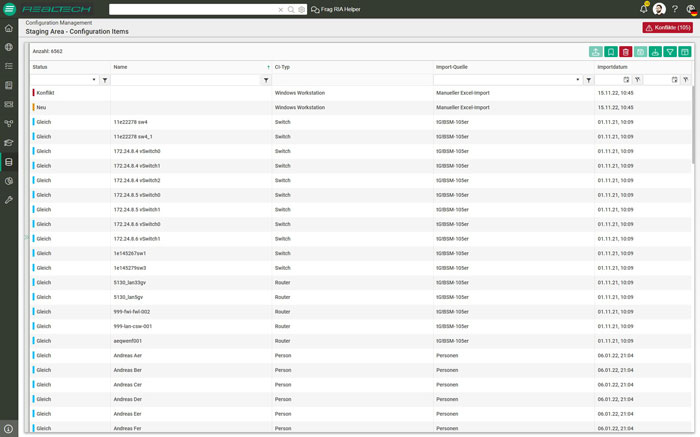
Seamless data integration
Import Connectors
The SmartCMDB has numerous different import connectors. This allows you to use established source systems to quickly and easily extend the infrastructure database with additional information (people, contracts, processes, assets, roles and rights, etc.). This significantly reduces the time required to go live with the CMDB.
Keeping an eye on CIs
Baselining
With the sophisticated baseline functionality, you can detect and correct deviations from the standard very quickly.
Configuration baselining is one of the most important concepts of a CMDB. Policies related to configuration items (CIs), their attributes, relations, attachments, etc. allow the definition of precise target states.
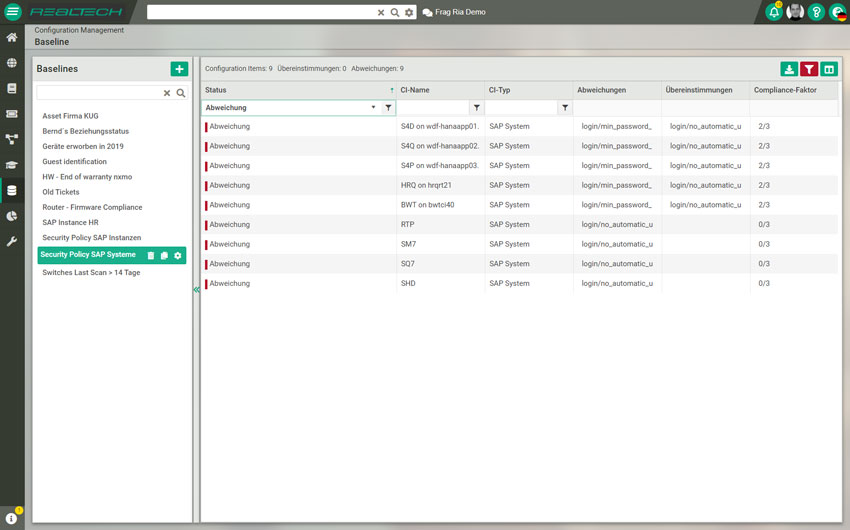
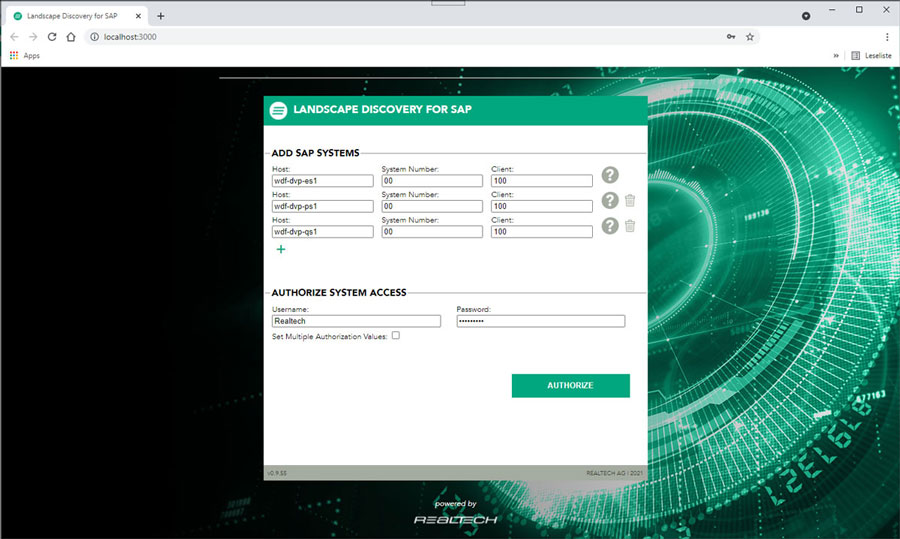
SAP-compatible
CMDB tool with SAP integration
With the Landscape Discovery for SAP, you gather all important parameters of your SAP landscape in one central system. After one-time installation of SmartCMDB, you can continuously read out the parameters of your SAP systems. You have all important information available in one place and always up to date. SmartCMDB can also be connected to SAP Solution Manager if this is used as an ITSM tool.
Single Point of Truth for your IT Operations
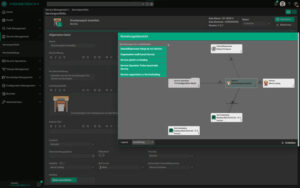
Real-time data of the entire IT infrastructure
Our intelligent asset management software helps companies to manage their assets effectively, reduce costs and increase efficiency. You maintain an overview of your assets and optimize their use.
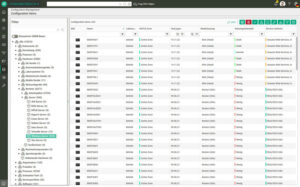
Maximize the use of your IT resources
With our intelligent configuration management tool, you keep full control over configuration items and the relations between them. The software maps all relevant data on your IT components in one central place and creates a reliable single source of truth. This allows you to keep an eye on critical changes in your IT infrastructure and make the right decisions on time.
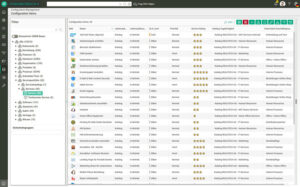
Minimize downtime and compliance risks
The direct connection to common BI systems (e.g.: MS PowerBI or SAP Analytic Cloud) enables efficient reporting and simple analysis based on current data. Additionally, SmartCMDB offers a variety of pre-built reports, based on best practices, in its standard version as well as within the MS Power BI connection.
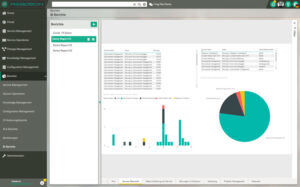
Efficient reporting and simple analysis
The Cloud Asset Discovery can easily extract data from the various components of your cloud provider (Azure, Google, AWS, etc.). The data is stored as CIs in the SmartCMDB according to a defined mapping structure.
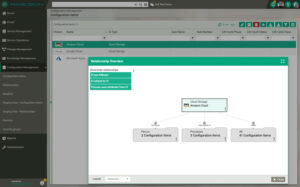
Seamlessly integrate cloud resources
The Mapping functionality ensures the unambiguous assignment of data and status information. This makes it possible to connect any source quickly and flexibly.
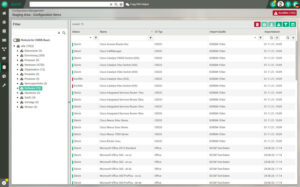
Clear assignment of data and status information
The REALTECH CMDB allows easy integration with ITSM systems such as ServiceNow or Jira. This helps to understand service requests faster and leads to better planning and control of processes. In addition to the connection to ITSM systems, technical and commercial information from third-party systems can be merged in the Smart CMDB.
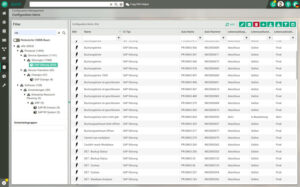
Connection to SmartITSM, ServiceNow or Jira
In REALTECH SmartCMDB, all objects are created as CIs (Configuration Items). This allows to relate all database objects (e.g. hardware, persons, tickets) with their relations to each other. This makes often hidden or complicated relationships visible at a glance.
The Dependency Walk Technique provides a detailed understanding of the relationships between configuration items. It allows to jump from one object to another, and thus to examine the relationships between them. By displaying only the required information, users can save time while gaining an accurate understanding of the dependencies between CIs.
Technical objects (e.g. from monitoring) can be displayed as part of an IT service as an image in the actual state. This makes it possible, for example, to immediately identify whether a technical incident has an impact on associated services and processes, and vice versa, why certain services are disrupted.

Complex Interrelationships easily recognizable
Flexible structure
The data organization of SmartCMDB is very flexible. All objects in the database represent CIs (Configuration Items). This highly flexible data model allows all CIs (e.g. hardware, persons, tickets, etc.) with their attributes and relations to be related to each other as desired.
Customizable
SmartCMDB can be individually adapted to your structures by freely defining the CI types and their attributes. Since the CMDB data basis is available in normalized form, it is particularly easy to build individual CMDB structures.
Clear hierarchies inheritance concepts
SmartCMDB also contains ready-made hierarchies for standard contexts (e.g. hardware, software, etc.). These are “ready-to-use”, can be modified or even discarded. Intelligent inheritance concepts, an extensive authorization system and consistent lifecycle models greatly simplify the construction and operation of the SmartCMDB.
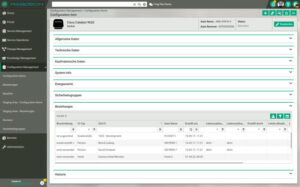
Digitally mapping IT and non-IT assets
The CMDB normalizes or standardizes all infrastructure data that is scanned and captured by Auto-Discovery. Thus, data and information of a heterogeneous IT infrastructure data can be compared and evaluated immediately.
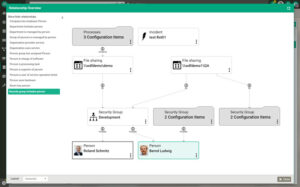
Standardize data from different sources
The CMDB tool has an integrated workflow engine for automating processes and standardizing tasks via drag-and-drop.
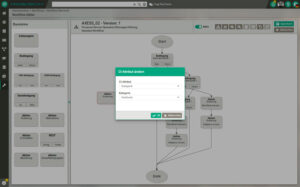
Automated processes without programming effort
Many industries face strict compliance requirements that require precise documentation of the IT infrastructure. A CMDB helps to meet these requirements by providing a detailed record of all IT resources and their configurations.
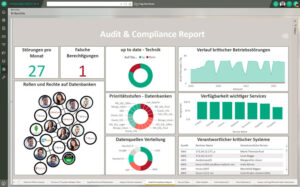
Audit-relevant data at the touch of a button
CMDB software: Use SmartCMDB and increase efficiency
By building up a CMDB, companies get a valid database with high-quality information, which not only minimizes the time needed to obtain information, but also forms the basis for increasing process and service quality. Thus, the goal of a CMDB is to provide companies with exactly the information needed to make better business decisions and to quickly deploy and efficiently execute service processes – so choose REALTECH’s SmartCMDB!
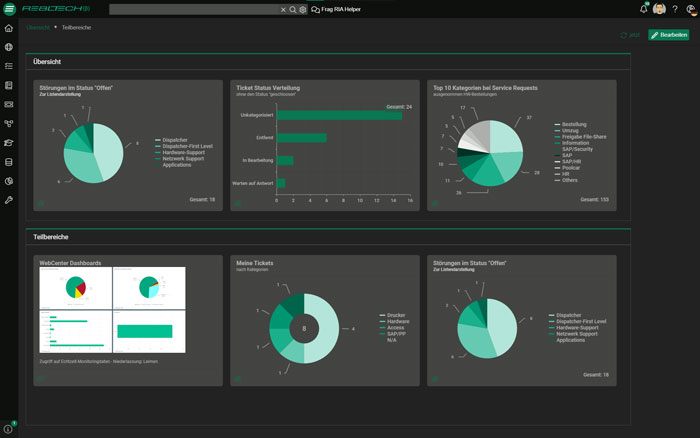
SmartITSM with SmartCMDB
Your solution for next level IT management
Intuitive operation, effortless ticketing, automated processes
From ticketing and IT operations to a powerful CMDB
Highest standards in quality, reliability and safety
Start your individual trial now or arrange a live demo!
Do you have further questions about SmartITSM? Contact sales now
FAQs: CMDB Software
A CMDB is a data pool that stores all information about the configuration of elements within an organization. IT and specialist departments usually determine exactly what should flow into the CMDB database.
The following objects i.e. their respective records can be stored in a CMDB:
- Hardware
- Software
- Systems
- Facilities/Locations/Branches
- Employees
- Contracts
- and many more.
Once imported into the Configuration Management Database, the configuration data is correlated and interdependent.
A CMDB contains a set of data or elements. These elements are called Configuration Items (CIs). As defined in ITIL 4, CIs are “all components that need to be managed in order to provide an IT service”.
The purpose of a CMDB is to identify, create, provision, monitor, and provide intelligence on assets, CIs, and services for business management and to improve service quality for all users. This saves time and resources when managing a large number of service processes and workflows in the company.


